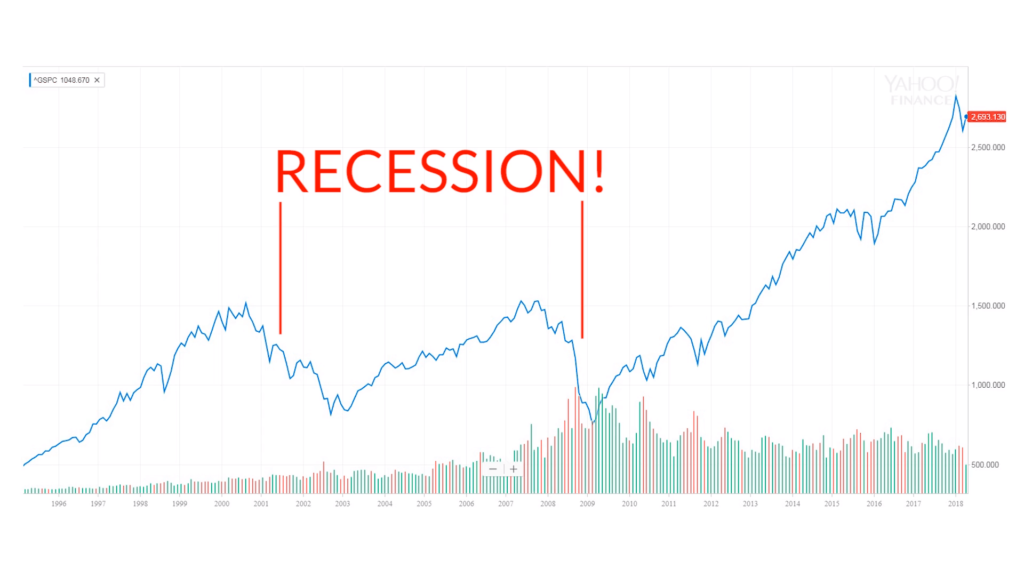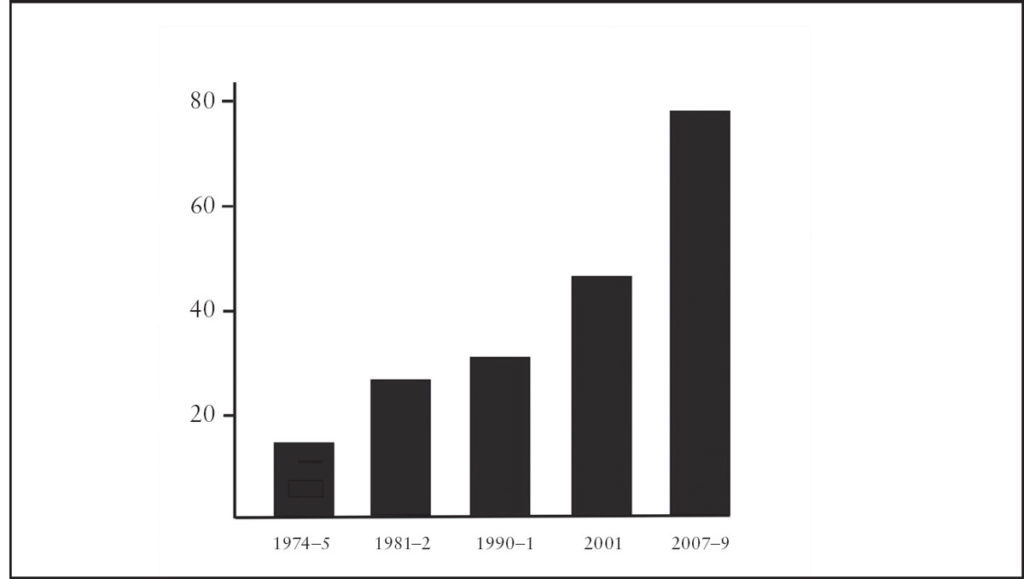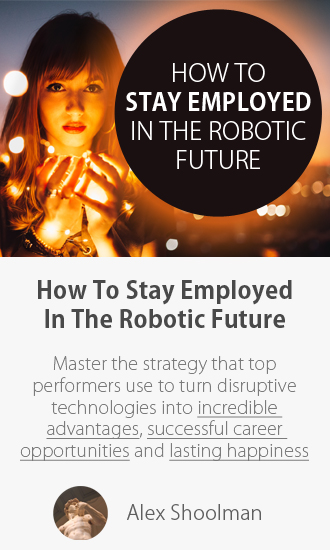COVID-19 has caused the trouncing of millions of jobs both here in Australia and overseas. The USA seems to have been particularly heavily hit with literally tens of millions out of work.
Figures are showing there’s been around 30 million+ people applying for unemployment benefits in just 5-6 weeks. This has pushed their unemployment rate up to around 20%, almost as much as the Great Depression – which was 25% – and took about 3 years to reach.
There were 3.8 million Americans who filed for unemployment last week. This brings the total new claims to over 30 million in the last 6 weeks. The unofficial numbers for unemployment are likely to be over 20% at this point.
The Pomp Letter
However while these huge numbers are grabbing headlines I’d like to draw attention to something else that history has shown happens during these turbulent times: automation.
Recessions Beget Automation
Many think that automation, robots and AI “stealing their job” is something that will happen in the future and so decide that it’s either not really important or simply just doesn’t apply to them – big mistake!
Machines taking over from humans has been going on for decades. It isn’t something that will happen in the future or even today… it has already happened and will continue to happen faster and faster!
So what effects are we talking about and how are they happening? Well one of the biggest effects that we’re now seeing is the cycles around financial crashes and increased automation

Historically there would be a financial crash and companies would lay off employees and reduce their expenses to try and ride out the storm. This is undoubtedly what we’re seeing now with COVID-19. After the economy recovers though, they would rehire and the employment level would eventually return to its previous level and increase further.
Now though the same crash comes along and once again, companies lay off employees and reduce expenses. However during this period the businesses try and become more efficient, they roll out machines to automate tasks or even do them better than before. As a result, when the economy begins to recover the rehiring that used to take place doesn’t

This has been noted in the graph above which shows the number of months it took for employment levels to recover back to its original spot after each recession in America.
For the 2008 GFC it took over 6 years. If that trend continues it will take more than 10 years this time around. This effect is also accelerating and will only get worse as computers and machine automation continues to romp through every industry out there.
More and more companies are now able to use computers, drones or robotics at cheaper and cheaper prices to do the work of humans not to mention the huge shift to working from home that will likely take place now COVID-19 has proven it can be done with little disruption to the business. So what to do?
Give Yourself The Best Chances
If you’re one of the unlucky to have been let go then that obviously sucks. It’s probably also easiest to get a new job doing something similar to what you were doing before too at least for the short term. However after that happens – hopefully quickly – start to consider the future of your career.
This goes for everyone too, not just those that have lost their job. Analysing your career path then comparing it to current and future technology trends is vital in this day and age. I have investigated this extensively over the years and our course How To Stay Employed In The Robotic Future is the culmination of all that research.
This constant cycle of firing people during recessions and then taking longer and longer to rehire them – if ever – not only reduces the amount of available work, but changes its nature too. It accelerates the decline of older industries and encourages new ones.
There has also been quite a lot of new research finding that automation actually helps create more jobs than it destroys, however this is a very difficult thing to prove conclusively. Either way, these new jobs, along with the encouragement of newer businesses/technologies, means that these are the areas you have the best chances of either being rehired in or accelerating your existing career in.
It’s far easier to get a raise and kick ass when your entire industry is booming like virtually everything online based is right now. But how would you know to seek out employment in say, Blockchain based technology companies versus a more traditional role at say IBM?
Tackling a question like this is far beyond this small article and is what I spend hours detailing in the course. However top performers continuously know if there’s any technologies that might threaten their job and can even use this information to help their own business or impress the boss at work.
They know that if they just sit around and pretend like it’s not a huge issue that one day they’ll get a call from the boss asking them to “have a chat” in the office where they make everyone redundant.
They know how to use the disruptions to their own advantage and stay one step ahead of everybody else. So have a think about what this pandemic means for your specific industry and where it might lead it in the future. Will WFH become more or less popular now? Are you in a declining industry that’s now getting hit even harder? Maybe it’s time to leave and find another industry that can use your skill set but is having explosive growth.
While reading this website has hopefully given you a much clearer idea of what major industries are absolutely going bonkers right now (hint: renewable energy, electric and autonomous vehicles, robotics, genetics, drones, crypto or clean meat) you’re still going to have to apply this knowledge to your own use case. If you’d like more guidance on how to do this do check out our course. It’s not only what helps fund this site but will help you learn a new way of managing your career so that you never get made redundant again.




